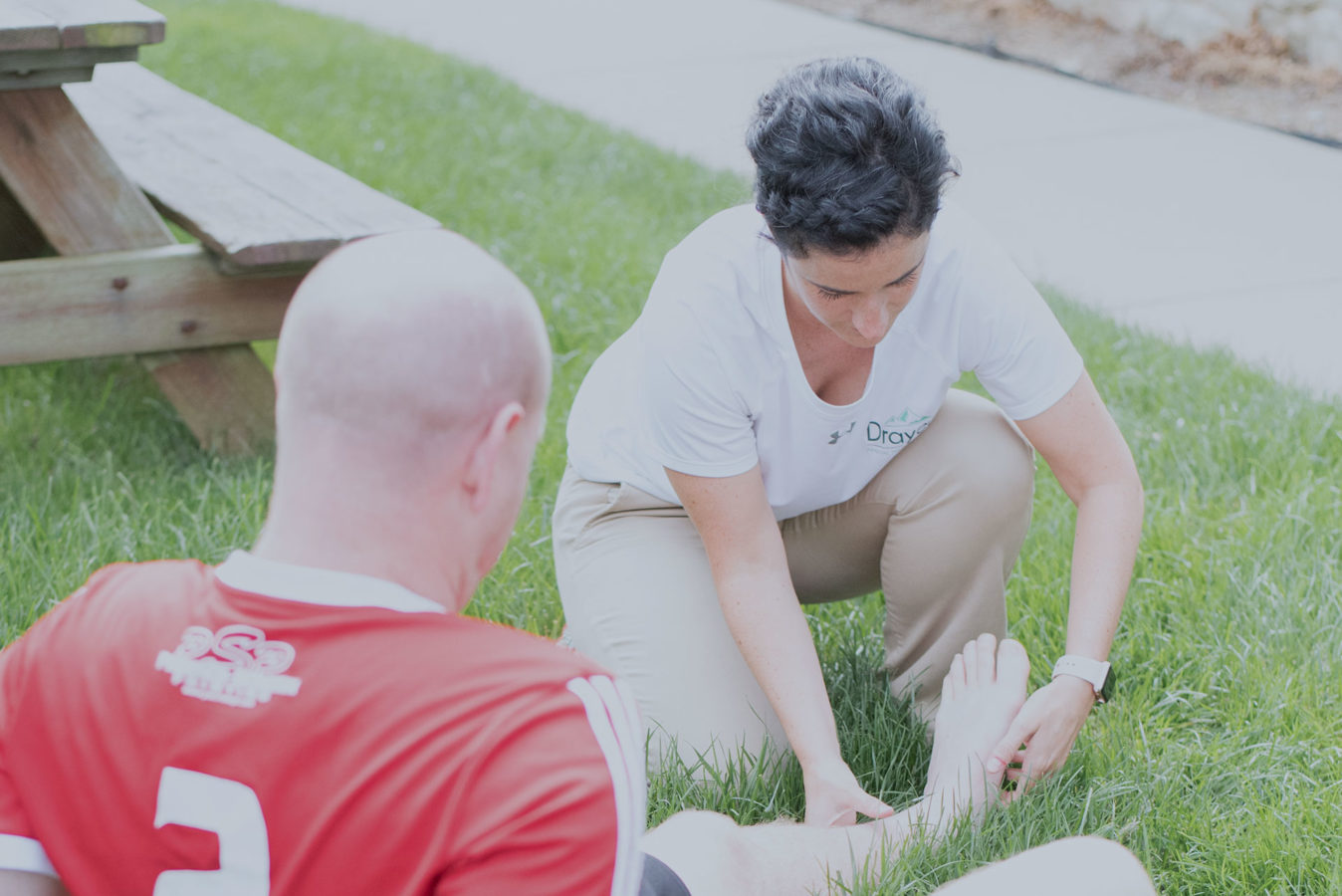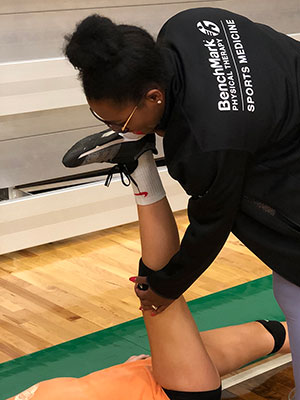
By: Jordan Joseph, ATC (Region 13/14)
Traditionally, certified athletic trainers, or ATCs, have worked in conjunction with coaches, athletes, parents and physicians to ensure the safe participation of athletes in their sports/activities.
In fact, any person, whether child or adult, athlete or non-athlete, can benefit from the expertise of an athletic trainer. And the number of athletic trainers in non-traditional settings has continued to grow in the past 15 years, from fire departments to ballet companies and even the U.S. military.
What exactly does a certified athletic trainer do, and why are organizations across the country adding ATCs to their healthcare teams?
Athletic trainers are healthcare professionals best known for their ability to prevent, evaluate, diagnose, and rehabilitate injuries. All certified athletic trainers have completed undergraduate degrees and passed a comprehensive examination testing their knowledge of:
What ATCs Do
Taping ankles, making ice bags, and stretching patients are often what people associate with the profession of athletic training; however, these duties are a fraction of the responsibilities.
Athletic Trainers work alongside coaches, physicians and even employers to ensure that patients get the level of care needed to maintain or return to their desired activity. This means implementing policies and procedures for safe participation, making and attending doctor’s appointments, designing rehabilitation programs, and overseeing practices and work functions.
In a school setting, athletic trainers may organize pre-participation physicals for students. In a work setting, they may perform movement screens to determine whether a candidate is at risk for injury.
Organizations that utilize athletic trainers can attest to the fact that ATCs often bridge the gap between coaches/athletes and employers/employees from a healthcare standpoint.
What’s more, a recent study by the National Athletic Trainer’s Association found that 94 percent of companies that employ an ATC report a positive return on investment.
This investment manifested as fewer injuries, fewer missed days when injuries did occur, and decreased healthcare costs for treatment.
If you’re interested in learning how an ATC can help your organization or complement your healthcare team, visit www.urpt.com.